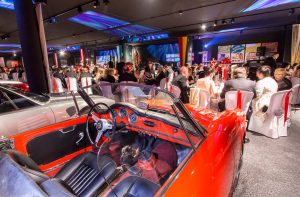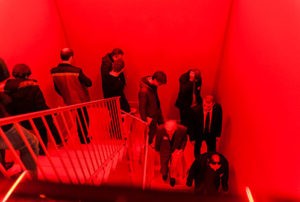
arnaldo and the necessary beauty
8 June, 2021
Why bring arnaldo the cheetah to the milan triennale and not a munari trophy? it's a choice that has to do with beauty.
Finally we can reveal it: at the 4 June appointment at the Triennale Milano we went with one of the museum's highlights, Arnaldo the Cheetah .
We're not joking, we really did it and now we'll tell you why.
The premise is that together with Circuito Lombardo Musei Design we took part in the project I Luoghi del Design - Three days of meetings at Triennale Milano: stories, screenings and an exhibition. With 26 other museums in the circuit, we took part in the exhibition "A journey through the Land of Design" set up on the first floor of the Triennale Milano and in the talk "Unique Objects", the story of a never-seen object from each collection.
We thought for a long time, asking ourselves: what object could best represent the Museum in Triennale Milano? The choice was really wide, because our Cozzi.Lab contains many precious and significant objects: trophies signed by artists such as Fontana, Pomodoro and Munari, rare models and sketches signed by designers such as Bertone, Pininfarina and Zagato.
It was at that moment that our gaze fell on Arnaldo the Cheetah, on paper exactly the opposite of the idea of beauty and design that the whole world recognises and has always recognised in Alfa Romeo.
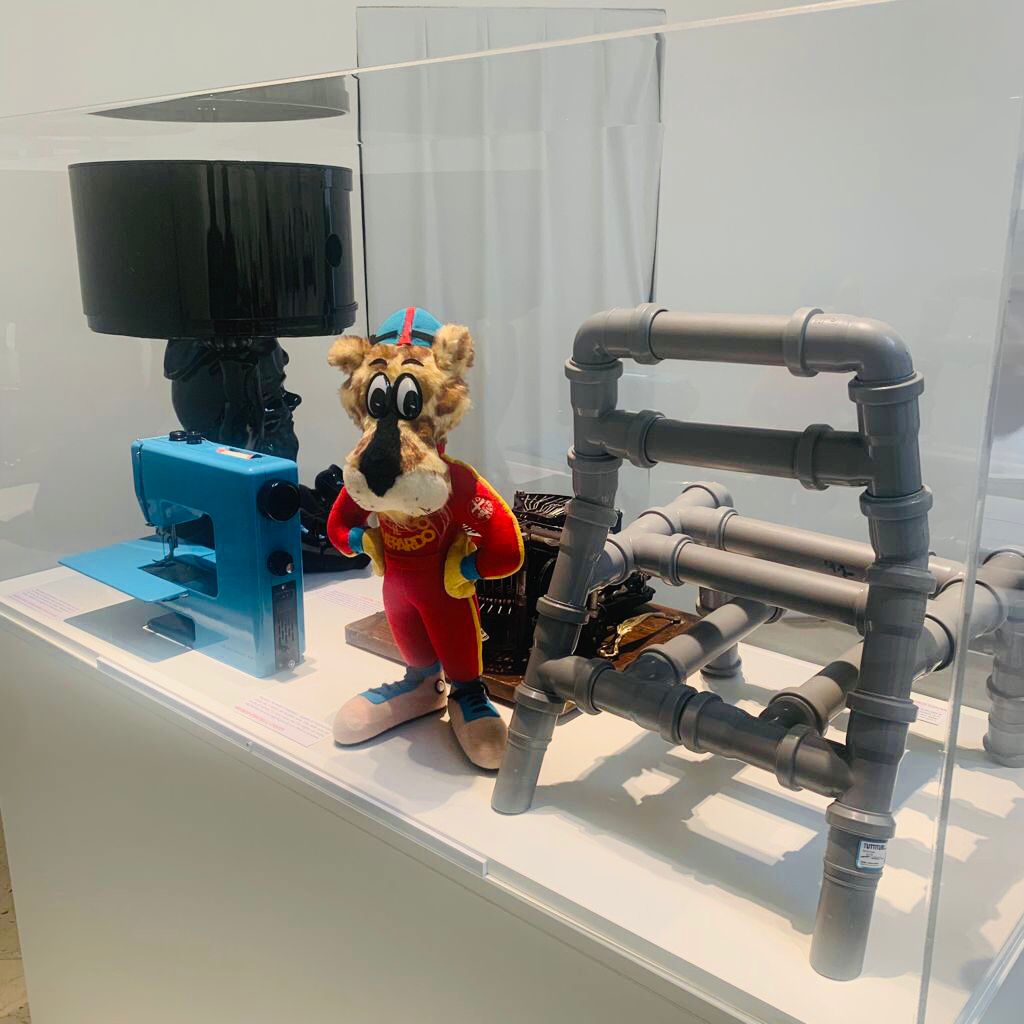
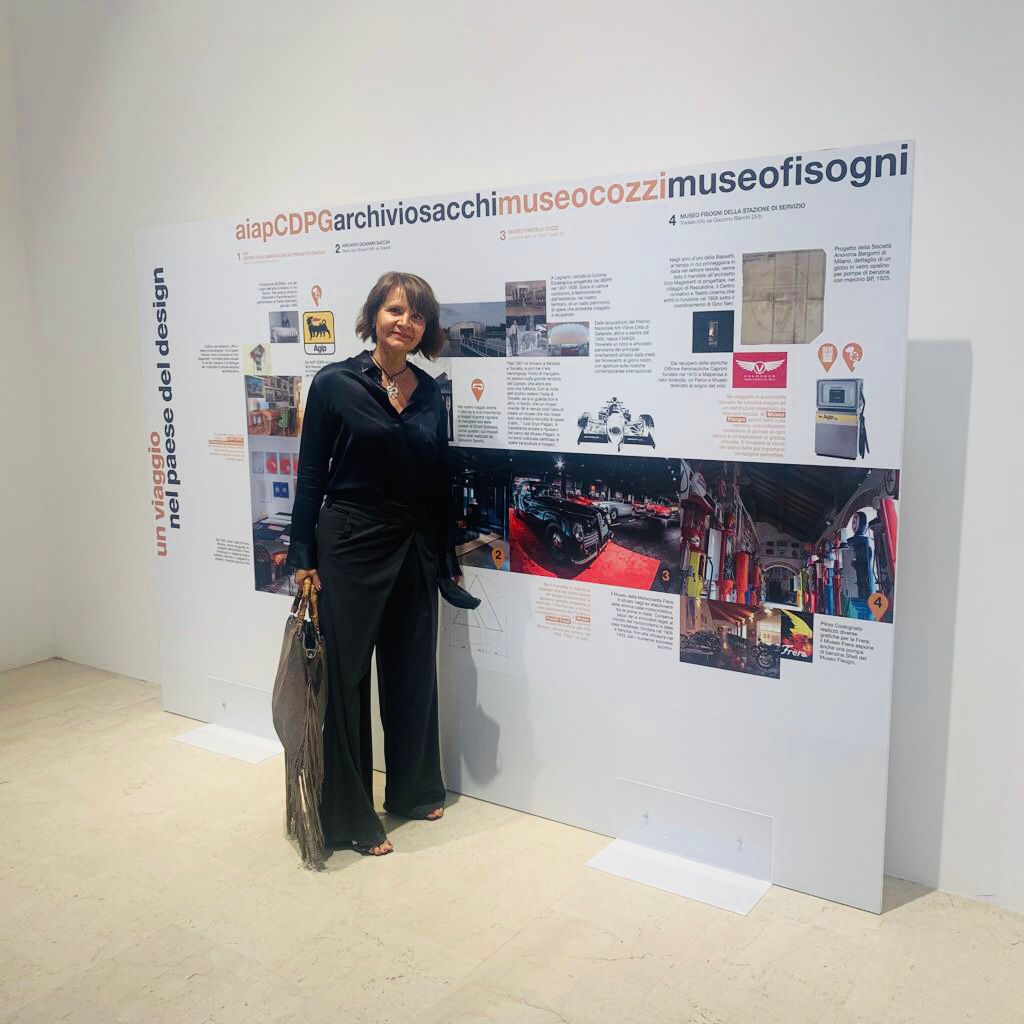
Arna and Arnaldo, the story
Alfa Romeos have been the cars of celebrities, admired and coveted by all. We know this well because at the Museum we keep photos from the 1960s and 1970s with iconic figures such as Gina Lollobrogida, Sophia Loren and even the Beatles in these cars.
It's the 1980s (in fact, those were the years of foam shoulder pads and backcombed hair) and Alfa Romeo, in an effort to revive sales, decides to produce a new model that can compete with the very popular Volkswagen Golf.
Because of the time and cost involved, building a car from scratch did not seem a viable option and so Alfa Romeo considered a joint venture with another manufacturer, a pioneering choice at the time.
Nissan was chosen, a Japanese manufacturer and therefore technically impeccable on paper, a fundamental characteristic given the quality problems encountered in the production of the Alfasud.
Arna is an acronym and stands for Alfa Romeo Nissan Auto, because it was built in collaboration with the Japanese manufacturer from 1983 to 1987.
It seems like the perfect marriage: Italian technical genius and style realised with Japanese meticulousness and quality.
The marriage, it soon turns out, is anything but perfect. Japanese style and Italian mechanics did not produce the desired results. The model did not convince either the public or the specialised press, above all because of its excessive similarity to the original model: the Nissan Cherry. In short, the Arna was essentially a Nissan with an Alfa Romeo badge. An unforgivable gesture for fans of Made in Italy design.
"My father Pietro often tells a story about it,' explains Elisabetta Cozzi, director of the Fratelli Cozzi Museum. 'At the Arna dealer presentation, on an evening in beautiful Taormina and by the sea, the car arrived from the sky, brought by helicopter and lit up by powerful headlights. From the audience there was a unanimous voice: 'throw it into the sea'! This, if you like, says a lot about the reception of the Arna.
The car wasn't pretty on its own, but nothing compared to the marketing campaign that was built around it. The TV advertisements shouted "Arna, and you're an instant Alfista!" with a moustachioed testimonial with little appeal. Even the mascot, Arnaldo the Cheetah, wasn't exactly brilliant in terms of beauty and style.
How could anyone think of destroying a style and design icon like Alfa Romeo in this way?
If we have chosen to bring Arnaldo the Cheetah into the temple of design and culture, it is because we want Arna's mascot to serve as a warning tous that design should not be considered an accessory but a true value. Beauty is necessary and is sorely missed when, for some reason, it is forgotten.
Thanks to Circuito Lombardo Musei Design and Triennale Milano, we won't forget. And you?
Some more information:
Circuito Lombardo Musei Design (Lombardy Design Museums Circuit) was created to give value to the heritage of Lombardy's design archives and museums; collections of great interest and international stature, housed in exceptionally well-kept and fascinating museum spaces. From the Kartell Museum to the Molteni Museum, from the Gae Aulenti Archive to the Achille Castiglioni Foundation, there are almost 30 members of this Circuit.
Triennale Milano is an international cultural institution that produces exhibitions, conferences and events on art, design, architecture, fashion, cinema, communication and society. It organises exhibitions of great visibility and attention, such as those dedicated tocontemporary art, to architects and designers of national and international renown, to the great stylists who have changed taste and customs, and to social issues. Since 2007 it has been home to the Triennale Design Museum.
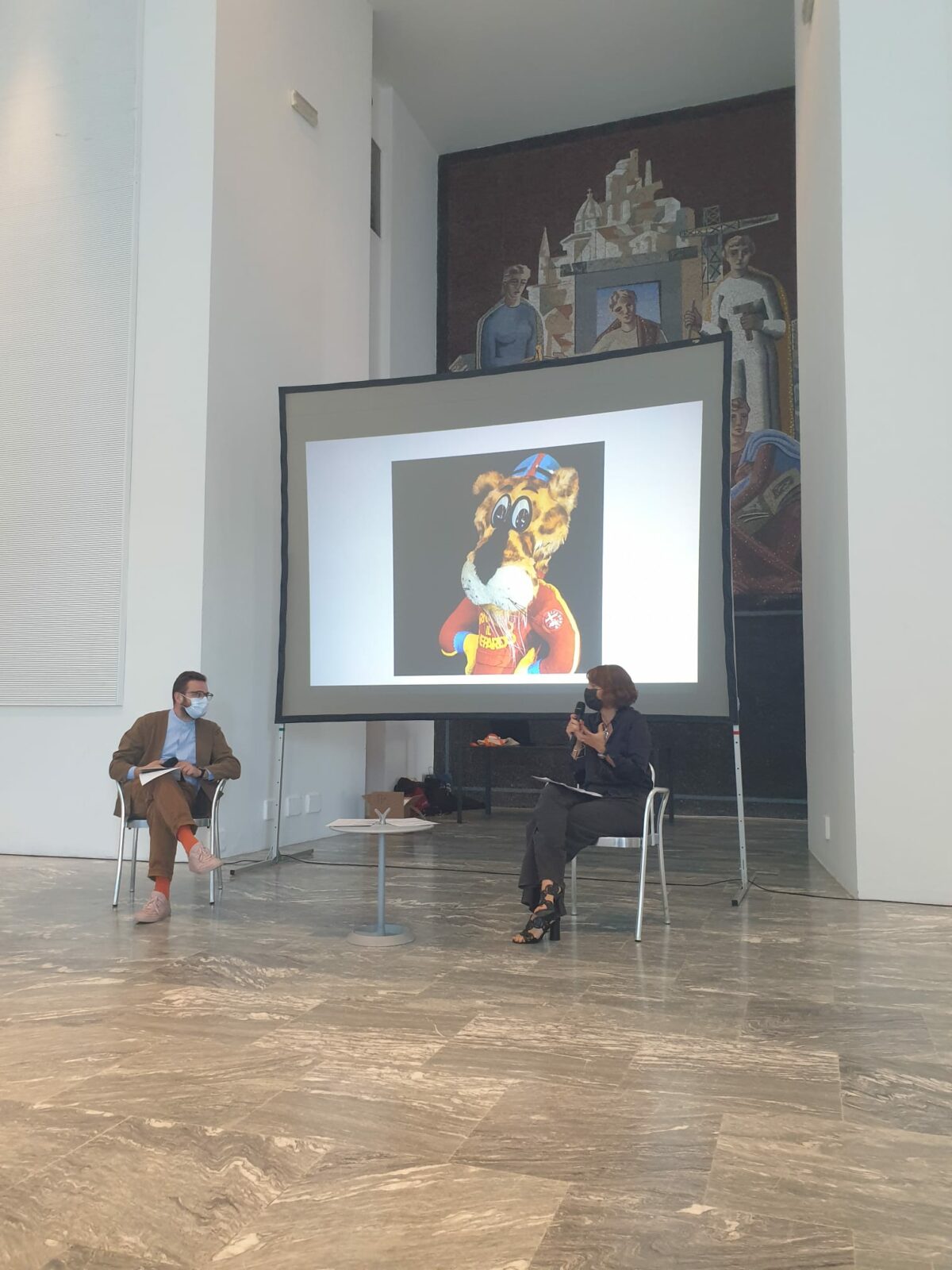

Oggetti unici (Unique objects) is the talk in which we participated with Arnaldo il Ghepardo: it was part of I Luoghi del Progetto, the three-day event (4-5-6 June) at the Milan Triennale.

